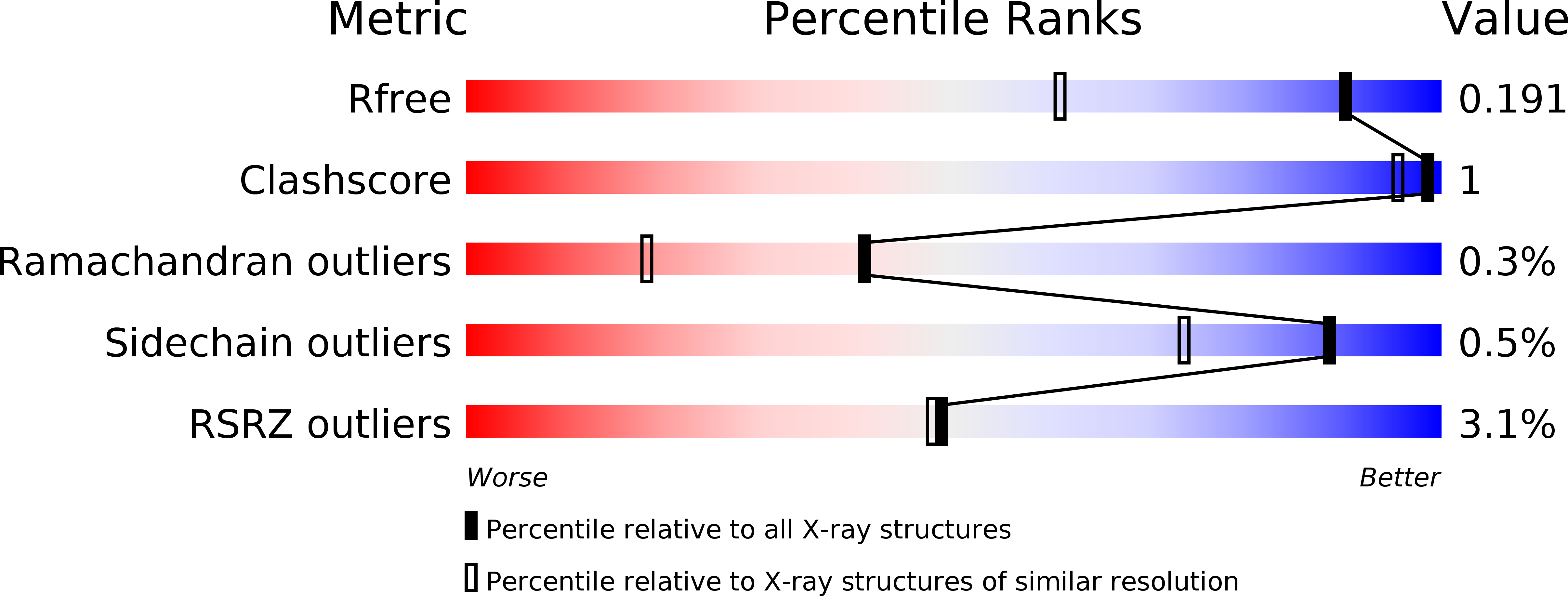
Deposition Date
2018-07-05
Release Date
2019-05-22
Last Version Date
2024-01-17
Entry Detail
Biological Source:
Source Organism:
Streptomyces lividans 1326 (Taxon ID: 1200984)
Host Organism:
Method Details:
Experimental Method:
Resolution:
1.41 Å
R-Value Free:
0.21
R-Value Work:
0.18
R-Value Observed:
0.19
Space Group:
P 1 21 1


